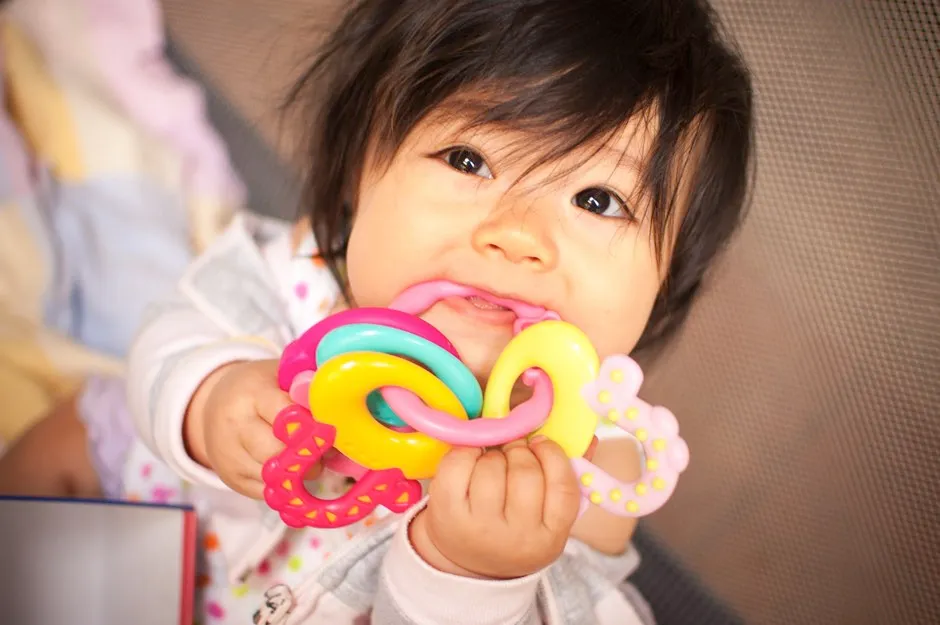- Babies from bilingual homes are able to change their focus 33 per cent faster than those from monolingual homes.
- The study used babies between seven and nine months to focus solely on the effects of hearing two or more languages, not speaking them.
- Researchers suggest that "bilingual environments may be more variable and unpredictable than monolingual environments – and therefore more challenging to learn in”.
Babies from bilingual families are better at switching their attention from one task to another compared with infants from homes where only one language is spoken, according to new research.
Scientists studying nine-month-old babies have found that those from bilingual homes are able to change their focus “more quickly and more frequently” than those from monolingual homes.
Dr Dean D’Souza, a senior lecturer in Psychology at Anglia Ruskin University and lead author on the study, said: “Bilingual environments may be more variable and unpredictable than monolingual environments – and therefore more challenging to learn in.
“We know that babies can easily acquire multiple languages, so we wanted to investigate how they manage it.
“Our research suggests that babies in bilingual homes adapt to their more complex environment by seeking out additional information.”
Read more about babies:
- AI created to translate babies’ cries
- Music helps to build the brains of premature babies
- Kangaroo care – why keeping baby close is better for everyone
- Bilingual babies get early brain boost
A team of scientists, led by Anglia Ruskin University, used eye-tracking technology to record the gaze of 102 babies, aged between seven and nine months.
Of them, 51 were raised in bilingual homes while the rest came from monolingual homes.
The researchers said they used infants within that age group “to rule out any benefits gained from being able to speak a second language”, so their study could focus solely on the effects hearing two or more languages.

The team found that babies from bilingual homes were 33 per cent faster at redirecting their attention towards a new picture when it appeared on the screen.
When shown two pictures side by side, these babies were found to shift attention from one picture to another more frequently than monolingual babies.
The researchers say their results suggest bilingual babies “were exploring more of their environment”.
Dr D’Souza added: “Scanning their surroundings faster and more frequently might help the infants in a number of ways.
“For example, redirecting attention from a toy to a speaker’s mouth could help infants to match ambiguous speech sounds with mouth movements.”
As part of the next step, the researchers looking into whether this faster and more frequent switching in infancy can have a longer-lasting developmental impact.
The findings are published in the journal Royal Society Open Science.
Reader Q&A: Why do newborn babies cry?Asked by: Aruna Anhi, Leicester
Actually, not all babies cry with their first breath after being born. But all babies will cry within a few seconds if they are not immediately reunited with their mother. This is a simple adaptation that makes it less likely that they will get overlooked.
In fact, there is some evidence that baby cries have specifically evolved to be as annoying and hard to ignore as possible. Beyond the first few minutes of life and their first feed, neonatal infants may cry because they are bruised and sore from the trauma of birth, but generally the process is so exhausting for them that they will sleep for the next eight hours or so.
Make the most of it because that’s the longest uninterrupted stretch of quiet you’ll get for the next six months.
Read more:

